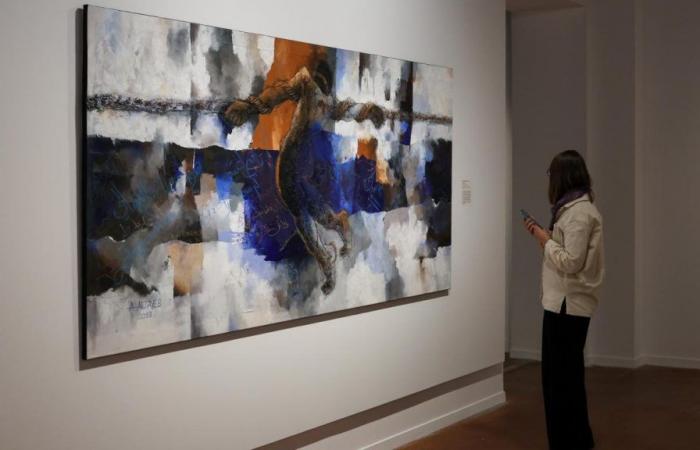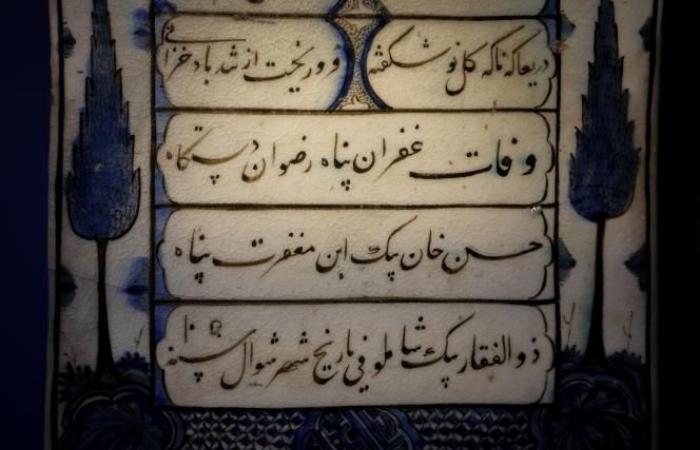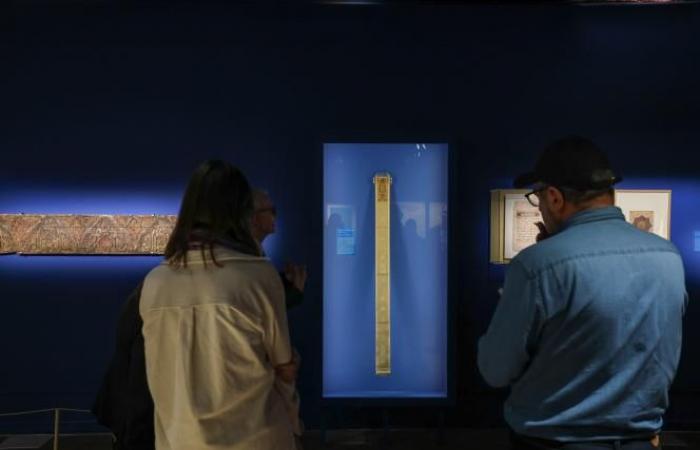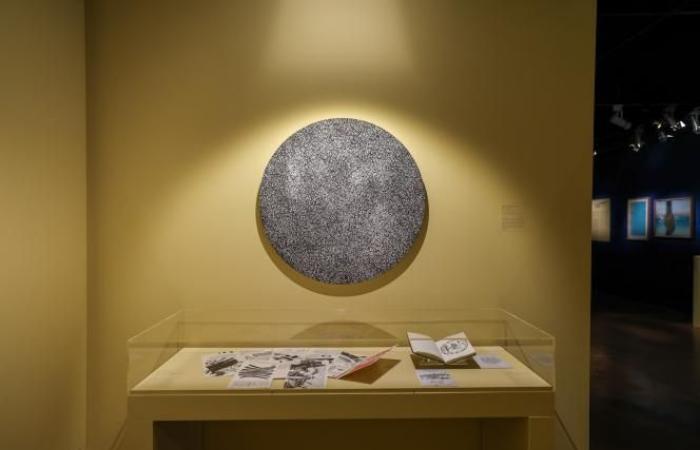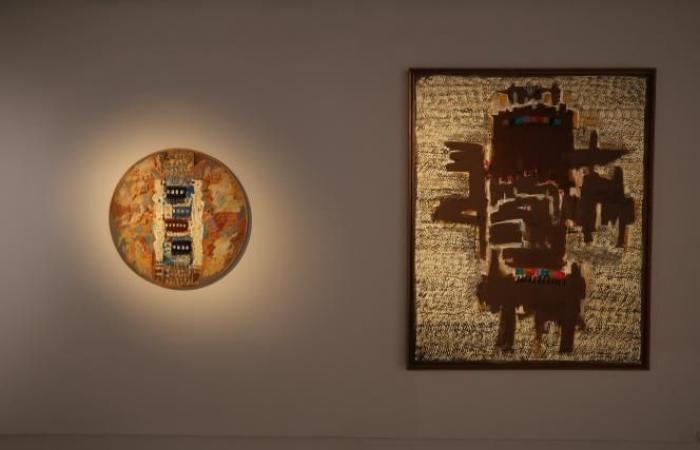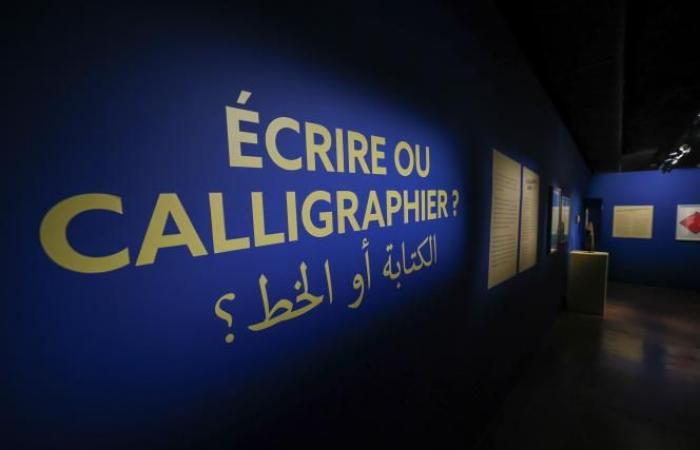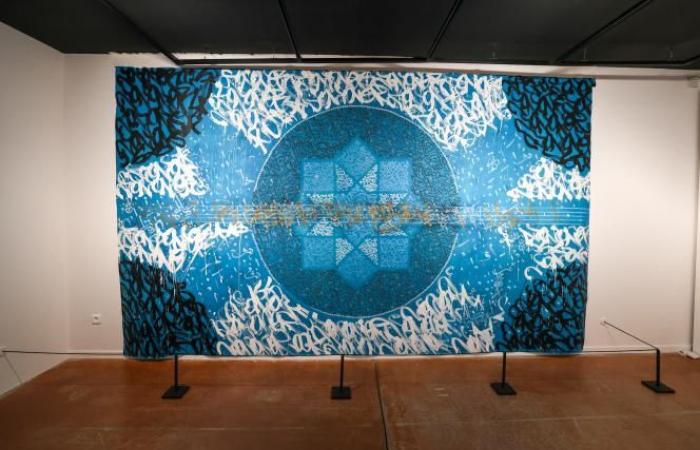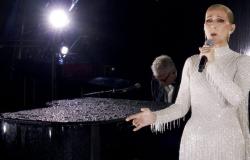The Arab World Institute in Paris delved into its “ treasures », says its director Éric Delpont, in order to set up the new temporary exhibition of the Tourcoing institute, “Writing or calligraphy”. A new subject “ in which we create a dialogue between the past and the present and we expose what makes up the cultural and visual identity of the Arab-Muslim world: calligraphy, now listed as a UNESCO world heritage site. ».
Our opinion: 4/5
Calligraphy is born with religious transcription. This is demonstrated by the sublime pages of the Koran displayed at the entrance. Here, letters traced in gold ink on indigo paper. There, an amulet whose central medallion displays the 99 epithets which qualify the unique divinity. “ Dusty writing, the characters are so small. » Works attesting to a precise and highly codified technique, explained in a video.
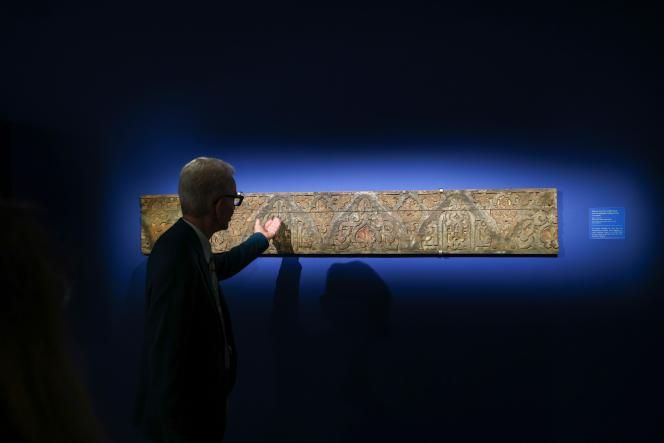
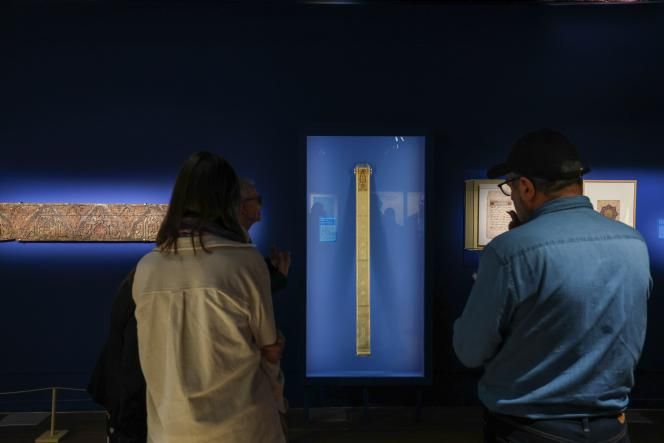
In the Arab world, each generation has made its contribution to the building of calligraphy.
Beyond books, scrolls and mortuary steles, calligraphy has continued to evolve. And over the centuries, artists have freed themselves from the meaning of the Arabic alphabet to play instead on the shape of the letters for purely aesthetic purposes. “ In the Arab world, each generation has contributed to the building of calligraphy », insists Éric Delpont. We admire good wishes calligraphed on ceramic pieces, objects of everyday life in the 12th centurye century. Then, works by Tourquennois Mahjoub Ben Bella, who never used the Arabic alphabet but “ participated in the same universe “. Further on, Hussein Madi who for his part created new letters.
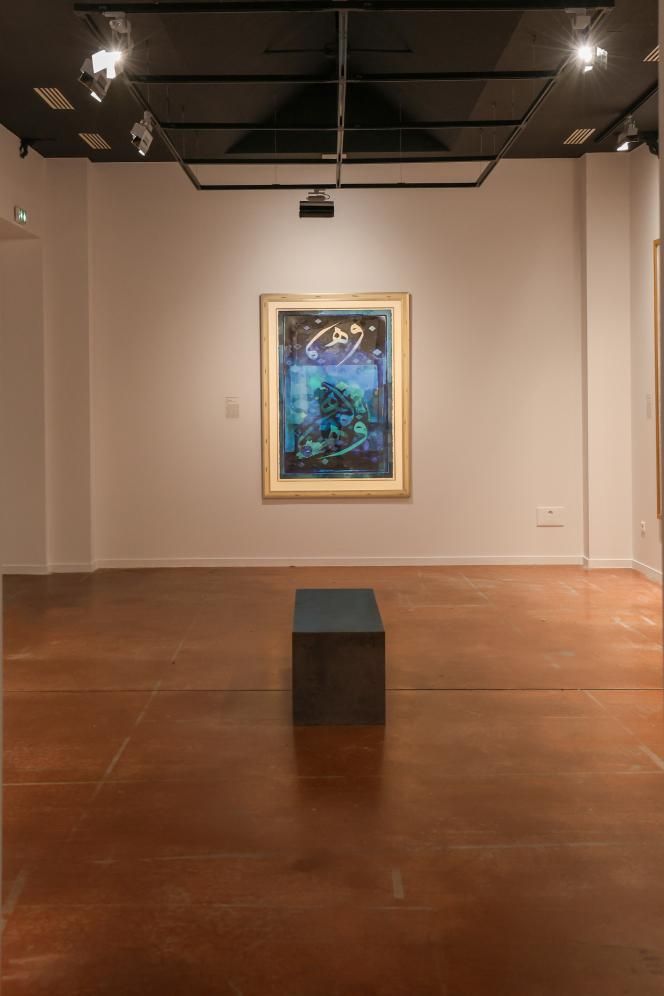
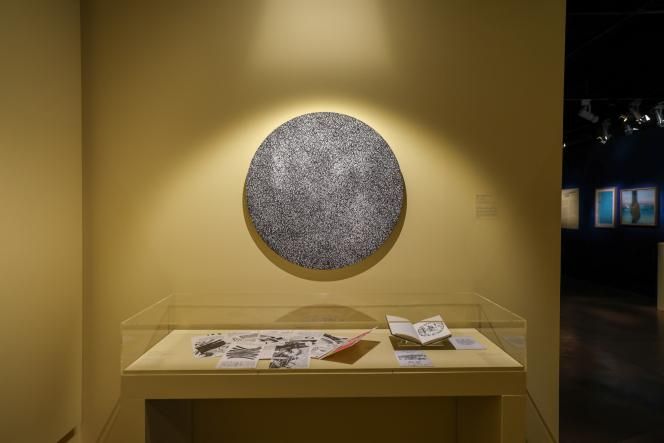
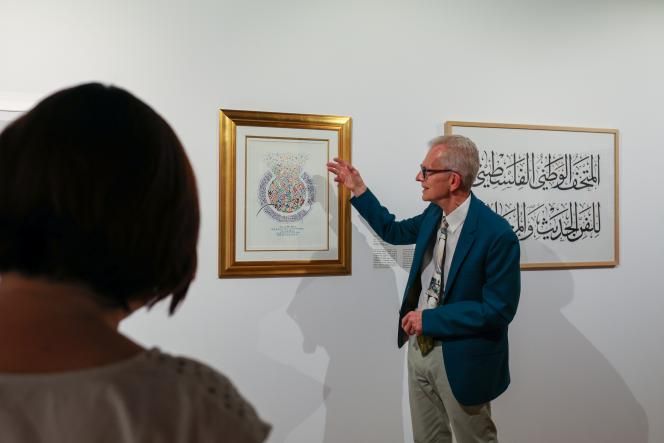
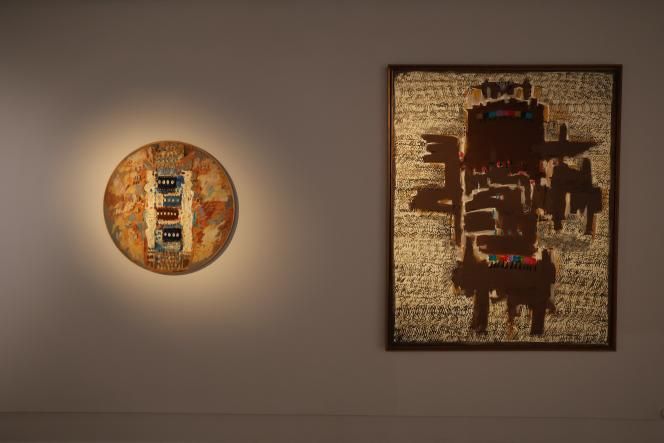
Two works particularly touched us. A watercolor on paper, Serenity by Abdulqader Al Rais, who uses the technique of calligraphy and the recurring motif of the nuqta, a reference point for defining the proportion of the letters. And The Blue Man Chained by Amadaldin Al Tayeb, on loan from the National Museum of Modern Art in Palestine.
Sublime scenography
In addition to being fascinating and very informative, this exhibition is hung in a sublime way. The scenography first immerses the visitor in the very solemn beginnings of the transcription of the Koran in the Arab world, in an almost dark room, and gradually takes them towards the last, very bright room, where reproductions of contemporary street art around the world. Demonstrating that calligraphy is anything but an art of the past.
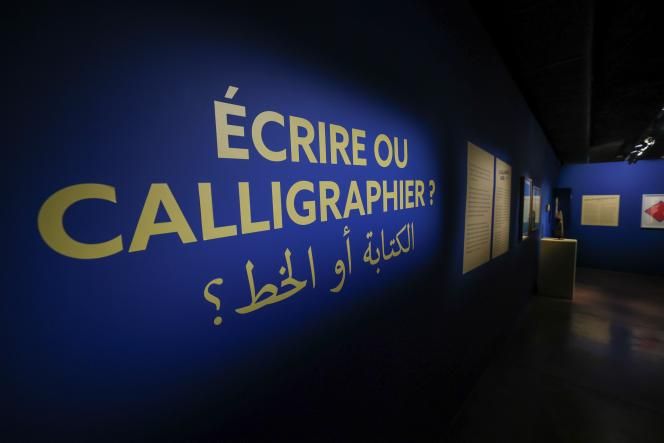
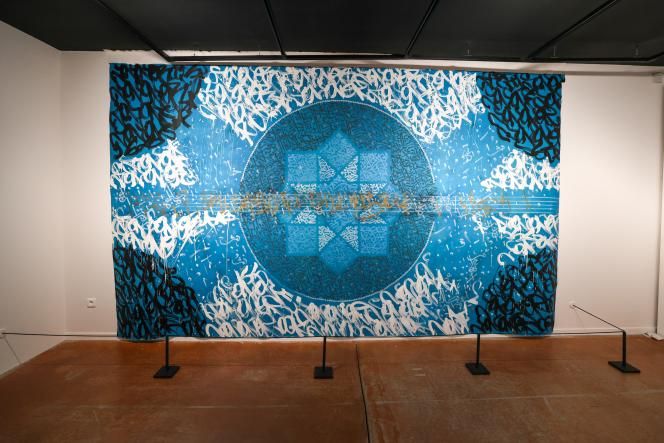
“Write or calligraphy” at the Institute of the Arab World of Tourcoing, 9, rue Gabriel-Péri, until January 19. Tuesday to Sunday from 1 p.m. to 5:45 p.m. Prices: €5/€4.

